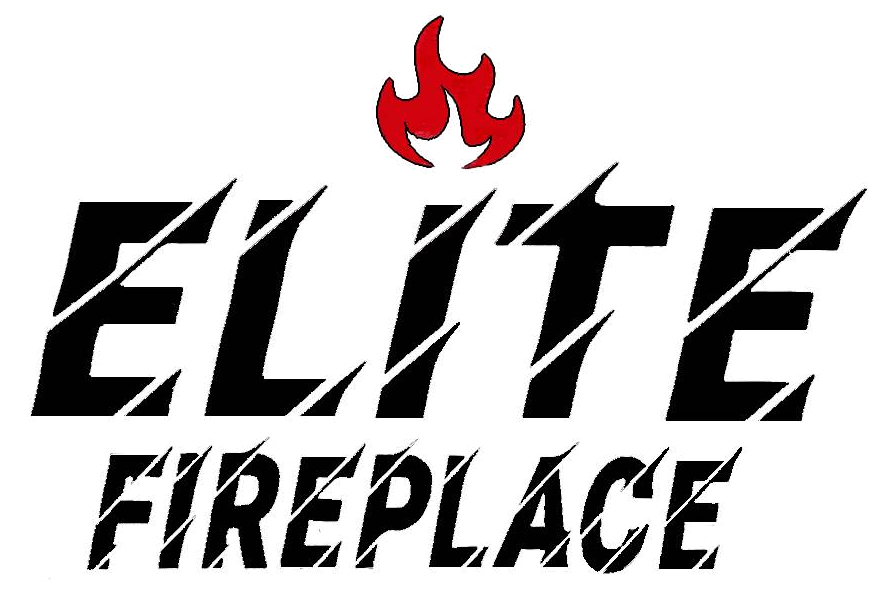Your Trusted Chimney and Fireplace Company Responds to Common Queries about Fireplace Safety
At that time of the year when the temperatures take a nosedive, the warmth and charm of a lit fireplace is guaranteed to put smiles on the faces of everyone in your home. However, if you do not take the necessary precautions to ensure fireplace safety, this enjoyment could be short-lived.
Placing a non-flammable rug around the fireplace, handling logs with proper fireplace tools, installing protective screens or barriers are some of the basic steps you can take to make your hearth safe. In addition to these measures, read up our list of commonly asked questions related to fireplace safety.
Key Questions Pertaining to Fireplace Safety
- Q: Are gas or electric fireplaces safe?
- A: In the case of gas or electric fireplaces, most models are built to automatically shut off in the unlikely event they overheat. However, if something does go wrong, there can be a carbon monoxide (CO) leak which is hard to detect since CO is odorless and colorless. Hence, it is always better to install at least one carbon monoxide detector on each floor of your home. Compared to wood burning fireplaces, gas and electric ones keep your home smoke and moisture free.
- Q: Is it okay to partially close the damper on a wood-burning fireplace to reduce the smoke going up the chimney?
- A: Let the damper remain in a completely open position when using the word-burning fireplace. If you close the flue partially, you may experience a smoke spill or a carbon monoxide hazard.
- Q: Is it necessary to invest in a standing screen or barrier for the fireplace?
- A: The surfaces around the fireplace or the gas panel of a gas fireplace can become extremely hot when the fireplace is lit and remain too dangerous to touch for several hours after. You will need to ensure that your guests, children and pets do not venture too close and a standing screen or a barrier may help to prevent contact with hot surfaces. Besides, if you invest in an ornate or embellished screen, it can add greater appeal to your home décor.
- Q: How often should a fireplace be cleaned or inspected?
- A: When your fireplace is not in use during the warmer months, the vents or chimney may become a nesting ground for rodents and birds. These spaces may also get clogged with dried leaves or debris. Get a qualified technician to conduct a fireplace inspection and chimney sweep at least once a year, after the last use of each heating season. This is an important safety measure to ensure that the chimney and vents are clean and free of any flammable residue. Creosote becomes acidic as it starts to come in contact with moisture, so as the humidity increases in spring, it is important to have your fireplace cleaned. This will help prevent the creosote from eating away and corroding your chimney. If you have a gas fireplace, you should also consider an annual maintenance service so that a skilled professional can check and confirm the safety and integrity of your fireplace.
Ensure that your gas or wood-burning hearth remains safe and efficient. Let the certified professionals at Elite Fireplace help with fireplace and chimney cleaning, repairs and maintenance.
Call us at (610) 489-4274 today or contact us online to learn more about our services and products. A representative will be in touch soon.
